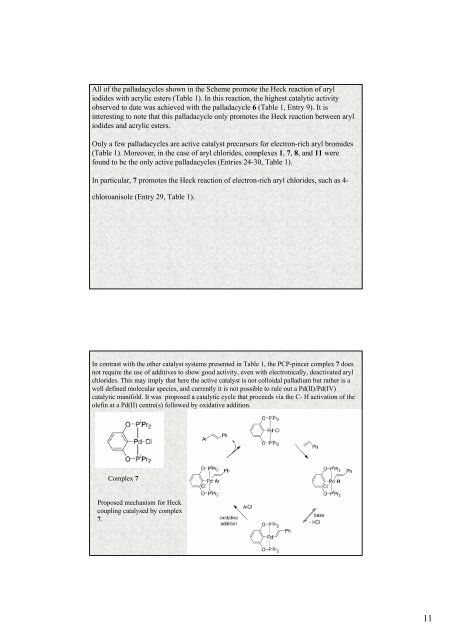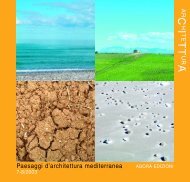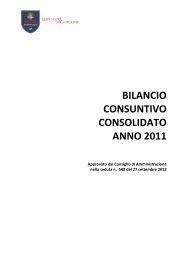Historical Perspective of the Heck Reaction
Historical Perspective of the Heck Reaction
Historical Perspective of the Heck Reaction
Create successful ePaper yourself
Turn your PDF publications into a flip-book with our unique Google optimized e-Paper software.
All <strong>of</strong> <strong>the</strong> palladacycles shown in <strong>the</strong> Scheme promote <strong>the</strong> <strong>Heck</strong> reaction <strong>of</strong> aryl<br />
iodides with acrylic esters (Table 1). In this reaction, <strong>the</strong> highest catalytic activity<br />
observed to date was achieved with <strong>the</strong> palladacycle 6 (Table 1, Entry 9). It is<br />
interesting to note that this palladacycle only promotes <strong>the</strong> <strong>Heck</strong> reaction between aryl<br />
iodides and acrylic esters.<br />
Only a few palladacycles are active catalyst precursors for electron-rich aryl bromides<br />
(Table 1). Moreover, in <strong>the</strong> case <strong>of</strong> aryl chlorides, complexes 1, 7, 8, and 11 were<br />
found to be <strong>the</strong> only active palladacycles (Entries 24-30, Table 1).<br />
In particular, 7 promotes <strong>the</strong> <strong>Heck</strong> reaction <strong>of</strong> electron-rich aryl chlorides, such as 4-<br />
chloroanisole (Entry 29, Table 1).<br />
In contrast with <strong>the</strong> o<strong>the</strong>r catalyst systems presented in Table 1, <strong>the</strong> PCP-pincer complex 7 does<br />
not require <strong>the</strong> use <strong>of</strong> additives to show good activity, even with electronically, deactivated aryl<br />
chlorides. This may imply that here <strong>the</strong> active catalyst is not colloidal palladium but ra<strong>the</strong>r is a<br />
well defined molecular species, and currently it is not possible to rule out a Pd(II)/Pd(IV)<br />
catalytic manifold. It was proposed a catalytic cycle that proceeds via <strong>the</strong> C- H activation <strong>of</strong> <strong>the</strong><br />
olefin at a Pd(II) centre(s) followed by oxidative addition.<br />
Complex 7<br />
Proposed mechanism for <strong>Heck</strong><br />
coupling catalysed by complex<br />
7.<br />
11








